Managing relationships, parenting, and music
I’m a father and have a family of my own. I’m often asked how I can still manage to find the time to make music amidst the chaos of all of the moving parts of my life. There’s no perfect way to balance everything life throws at you–balancing music and parenting is a challenge–but I manage to run a record label, play live sets, and release recorded music, all while being a parent. The life of someone who has the responsibilities of making music and parenting is very different than the life of a person whom only needs to focus on themselves and music alone. Knowing this fact and accepting it was, for me, the first step in taking ownership of my own time-constraint frustrations.
Your free time will become sacred
As a parent, you have to eliminate any possible distractions to when you’re ready to make music, because your time is limited. “That’s obvious” you might say, but when it comes down to it, as a musician and parent, this is the most important point I find one must follow to make the most of his or her time.
- Schedule dedicated time for creation. This also involves your partner’s help, as she/he also deserves to get his/her own creative time in return.
- Try to make music outside of your home. If this is possible, either share a studio with someone, or try to find a place where no one can interrupt you.
- Turn off electronic notifications; social media, your phone, etc.
The number one enemy to creativity is to focus on too many things at once. Try to steal some time away from less productive things like playing video games or watching movies, to instead do things like learn how to use certain plugins that will be beneficial to your craft.
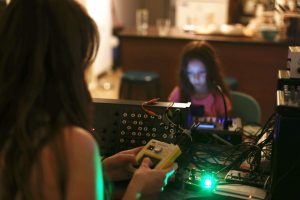
Echo Beach and Dahlia (Photo by Katherine Hoos)
Work faster, fix later
One thing I’ve noticed since becoming father, is how I’ve had to optimize my use of the little free time I have to maximize my productivity. For example, I’ll squeeze programming a percussion loop into a 5 minutes window of spare time. I’ve also developed tricks for myself to turn a loop into a full song in the fastest possible time. I tackle certain things in the creative process that don’t needed much critical thinking as fast as possible. Here are a few advisory points you can use to do the same:
- Predetermine how you’ll be using your time. This will require discipline, but for instance, I know beforehand that my incoming session is meant to focus a specific task, like remixing or mixing. This helps me, once in studio, stop my mind from roaming to unrelated topics or chores. One of the things I realized after becoming a parent was that when I would get to the studio, I would be so excited that I wanted to do too many things at once, and ended up not progressing on anything at all.
- Plan in advance how this or that track will be like. You’ll have to apply this to song making. Is there anything you can decide beforehand will free your mind from time consuming decision-making? For example, how long will the track you’re working on be? Is it ambient or dancefloor? Punchy or subtle? Athletes can go beyond their limits by visualizing in advance what they’ll do and this applies to you as well. The clearer things are beforehand, the more efficient you’ll be. Use a notebook if you have to.
- Don’t focus on details until later. Details are time drains, so try to focus on the big picture and then do a sprint to fix all the small details in a future session.
- See your time limitation as a creative tool, not a constraint. I’ve learned a lot from working in accordance with Matthew Herbert’s music manifesto and one thing I’ve learned from this is that leaving mistakes in your tracks isn’t a big deal. It can even be an artistic statement if you believe in imperfection. Sometimes, they can actually end up being okay… if you can let them go.
Not making music isn’t a waste of time
One of the things I’ve had to deal with is daydreaming. When not making music, sometimes I feel anxious that I might be behind or that I’m going to miss an opportunity. However, some of the best music ideas have come to me while I haven’t been making music at all. Sharing this with others has made me realize that I’m not alone in this phenomenon. It seems as though the brain can hatch great ideas when doing other things; everything comes in due time. In a past post I explained how to spot your creative triggers; this can be a game changer in this context if you are aware of them.
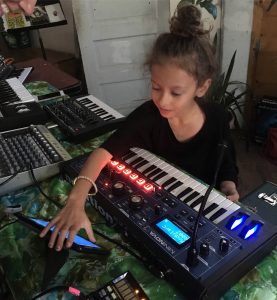
Echo Beach and Dahlia (Photo by Katherine Hoos)
Don’t wait for the perfect conditions to start making music. Just get used working sometimes with headphones, at a very weird moments of the day. Get things done.
Make room for healthy habits
For some reason, I see a lot of people resisting the idea of forming habits. They associate music making with debauchery, partying and going a bit off the hook. Yes, it can definitely be that way, and if that’s how you see it, why not? But at the same time, if you aspire to be a bit more professional, organized and to actually get things done, you’ll need to focus on priorities. One of the most useful things to do is to make your art healthier.
- Play more sports. Sports helps with concentration and ideas. This is factual. In my case, I can do way more creative work after jogging, and I’m usually am more enthusiastic about new ideas after I do yoga.
- Don’t have dependencies. I don’t mean “dependencies” as in a partner or kids, but that if you’re dependent on substances or any odd conditions to make music, it’s time to break them. Making sure you can make music with no preparation, or lots of preparation, much is one of the most liberating things. If you need to “party” to make music, this will greatly limit your options.
- Make the most of your morning hours. If you don’t already have experience with this, mornings are actually an excellent time to be creative. Some people believe they can only work at night, but this is–for the most part–not true. You can get a lot of things done with a clear mind and fresh ears. I always do mastering in the morning as at this time of day my ears are at their best.
- Meditate. Actually, this was probably my secret weapon to remain productive through my parenthood. A simple 5-10 min practice of Mindfulness would clear out my mind and help me remain very creative, seeing through issues.
Last but not least, try to involve your child or loved ones in your music. It’s not something that has to work but it can help them understand what you do, how you do it and what it implies in terms of focus.
I hope some of these points help you maximize your time as a parent or partner! Remember that you can always ask for help, too.
SEE ALSO : Make Your Music Bucket List Happen


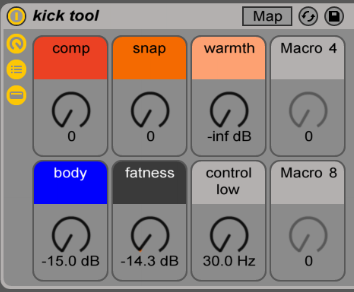
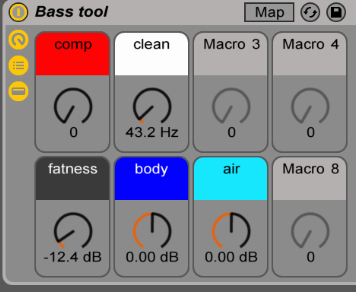


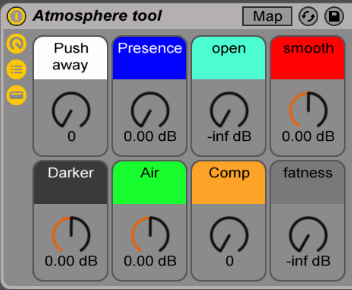
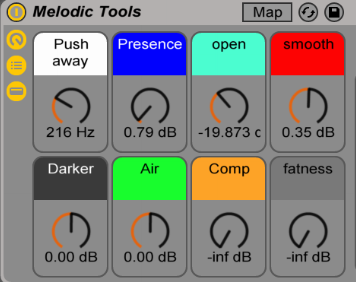






 I’ve recently been wondering what will be the future for labels. Are streaming services replacing labels? Or are other communities? I’ve been running my label
I’ve recently been wondering what will be the future for labels. Are streaming services replacing labels? Or are other communities? I’ve been running my label  The great thing about this initiative was that people started to really participate and interact, even more than I thought they would. It was pretty amazing to see some people join forces and collaborate, and to see others help out by giving advice with regards to where to send music to get signed. This community has become autonomous; it’s doing what I was doing myself before, through email. I’ve been thrilled by it!
The great thing about this initiative was that people started to really participate and interact, even more than I thought they would. It was pretty amazing to see some people join forces and collaborate, and to see others help out by giving advice with regards to where to send music to get signed. This community has become autonomous; it’s doing what I was doing myself before, through email. I’ve been thrilled by it! In a sense, musical intuition is what defines someone who can bring a bit of creative magic into something, in comparison to someone who sticks to truly technical application of software. I’ve often had the chance to watch experienced producers make music, either while I was visiting one’s studio or on the spur of the moment of a jam. For instance, we once had the infamous Narod Niki experience at Montreal’s MUTEK in the early 2000’s where Zip, Villalobos, Dan Bell, Akufen, Cabanne, Dandy Jack, Monolake (even Cassy sang for some minutes) all synced their laptop and gear to improvise a show for us. Our local festival gave us many opportunities to watch, what I would call, masters in what they do, play in front of a crowd to present how to create and perform. The live act itself, when done properly, should sort of represent what the artist is doing in his or her studio, but in a way that can bring the crowd on a journey.
In a sense, musical intuition is what defines someone who can bring a bit of creative magic into something, in comparison to someone who sticks to truly technical application of software. I’ve often had the chance to watch experienced producers make music, either while I was visiting one’s studio or on the spur of the moment of a jam. For instance, we once had the infamous Narod Niki experience at Montreal’s MUTEK in the early 2000’s where Zip, Villalobos, Dan Bell, Akufen, Cabanne, Dandy Jack, Monolake (even Cassy sang for some minutes) all synced their laptop and gear to improvise a show for us. Our local festival gave us many opportunities to watch, what I would call, masters in what they do, play in front of a crowd to present how to create and perform. The live act itself, when done properly, should sort of represent what the artist is doing in his or her studio, but in a way that can bring the crowd on a journey. A notable example would be an artist, during a live show, dropping some sounds or a musical idea that was unexpected but works with what’s happening at the current moment completely. Another example could be a musician proposing a random idea and having that incomprehensible idea make total sense after 2-3 minutes or development.
A notable example would be an artist, during a live show, dropping some sounds or a musical idea that was unexpected but works with what’s happening at the current moment completely. Another example could be a musician proposing a random idea and having that incomprehensible idea make total sense after 2-3 minutes or development.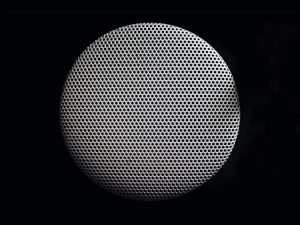
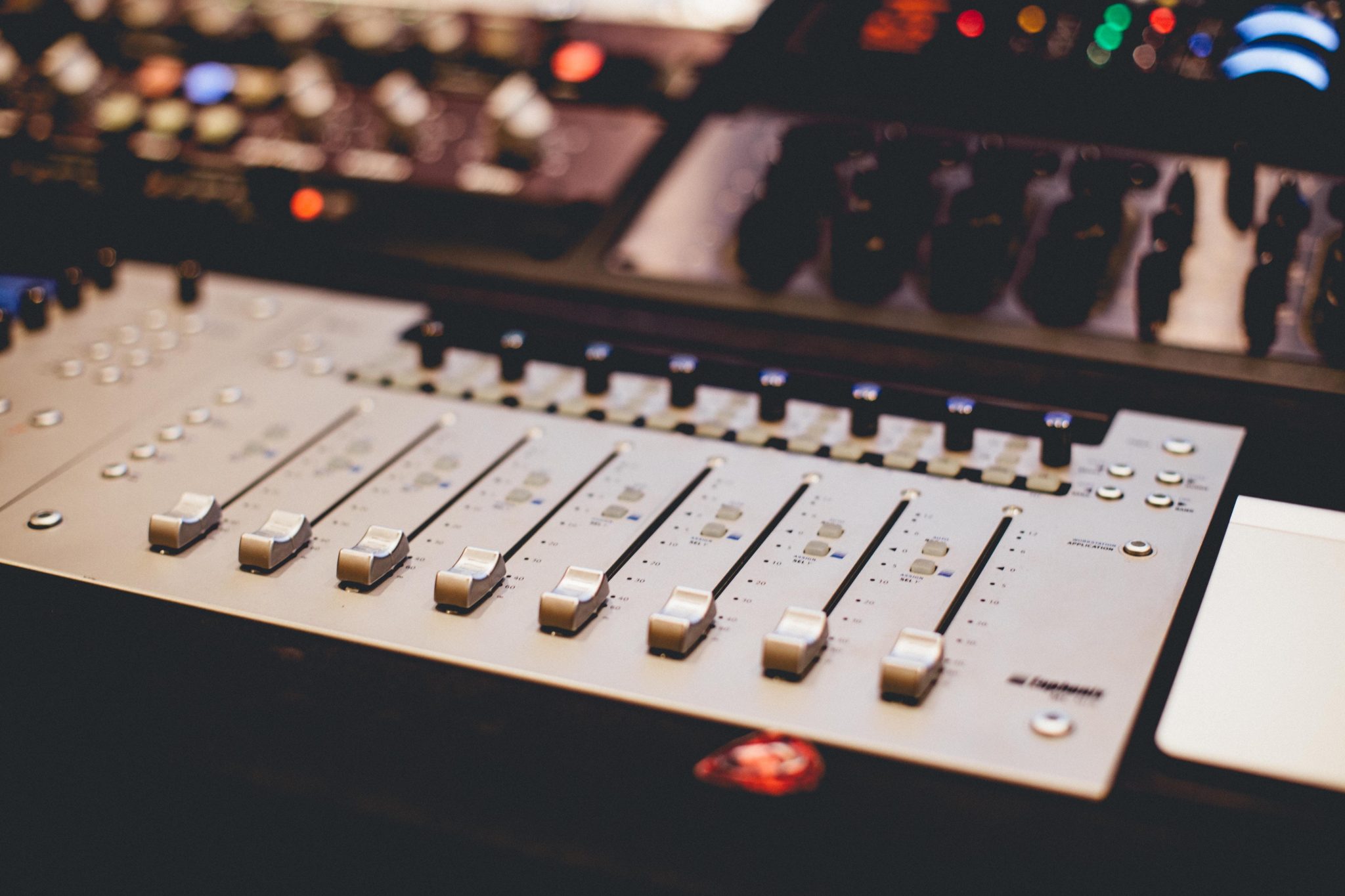 In many ways, the overwhelming amount of content we’re exposed nowadays can make us lose track of what’s going on. Musicians can post a track the second after finishing it, and the whole world can potentially hear it within minutes. Yet the tidal wave of self-released music is so frequent that it can also be harder than ever to get noticed. If you’re attentive and curious, you can catch people’s new ideas, yet the question now is – how can one really can keep up?
In many ways, the overwhelming amount of content we’re exposed nowadays can make us lose track of what’s going on. Musicians can post a track the second after finishing it, and the whole world can potentially hear it within minutes. Yet the tidal wave of self-released music is so frequent that it can also be harder than ever to get noticed. If you’re attentive and curious, you can catch people’s new ideas, yet the question now is – how can one really can keep up?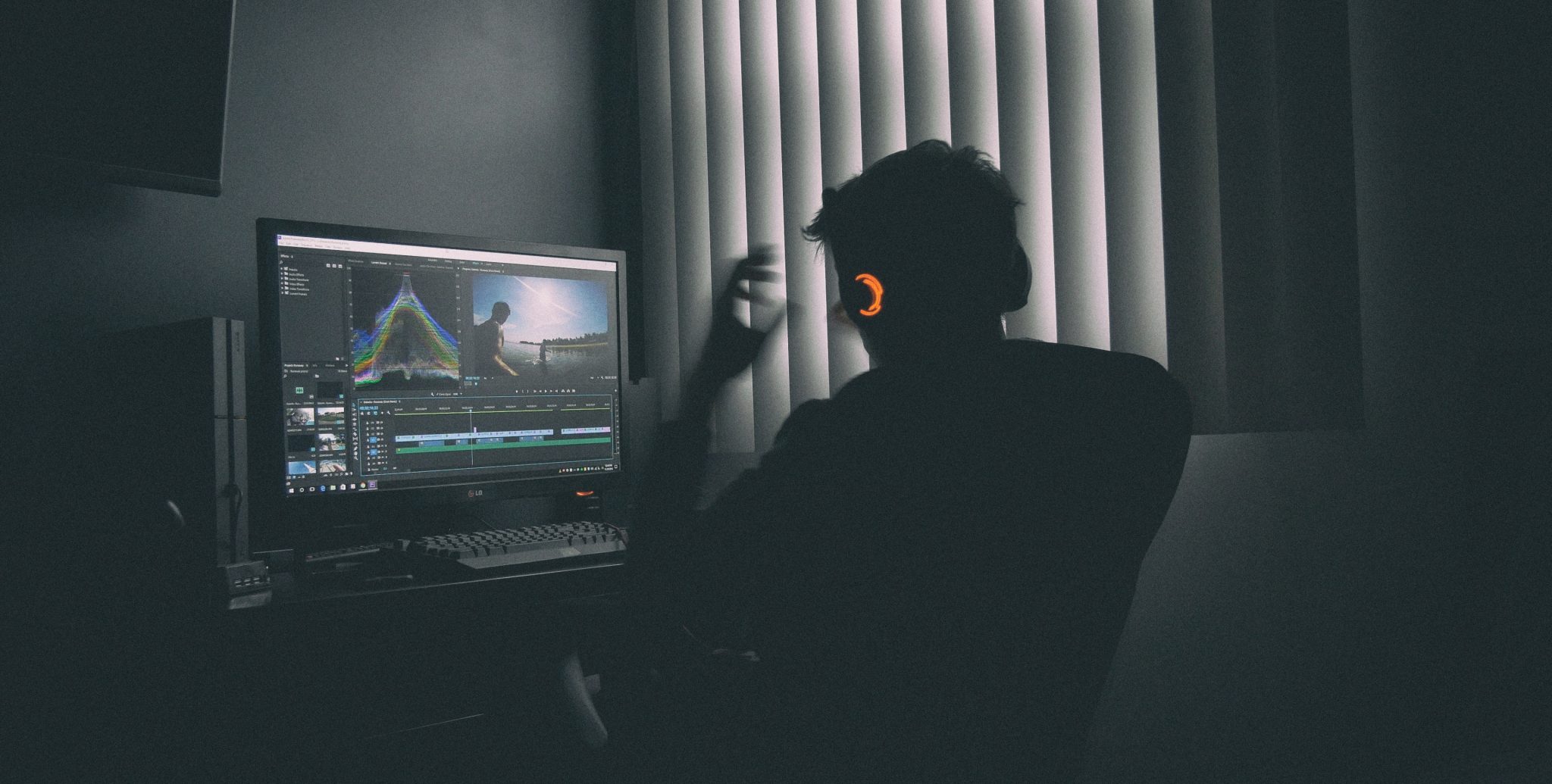 The path doesn’t need to be cleared from obstacles. Obstacles are the path. (Buddhist Proverb)
The path doesn’t need to be cleared from obstacles. Obstacles are the path. (Buddhist Proverb) Visual Mixer. This is the bomb within Neutron 2, and for that feature alone I’d buy the entire package. The visual mixer allows you to place and position your tracks visually across the spectrum, (volume, pan, and width). It’s a beautiful process, and the edit window looks super sci fi and modern. If you work with multiple channels and often have mono tracks this is simply a killer addition. One of the things that blew my mind was that you can actually automate the panning, which opens the doors to many exciting and beautiful options in sound design.
Visual Mixer. This is the bomb within Neutron 2, and for that feature alone I’d buy the entire package. The visual mixer allows you to place and position your tracks visually across the spectrum, (volume, pan, and width). It’s a beautiful process, and the edit window looks super sci fi and modern. If you work with multiple channels and often have mono tracks this is simply a killer addition. One of the things that blew my mind was that you can actually automate the panning, which opens the doors to many exciting and beautiful options in sound design. CPU hungry. I have a newish MacBook, fully geared up for performance, and while running several instances of Ozone my entire screen began flickering and making strange glitches. Izotope support claimed it was likely my CPU over-loading, however, I was only using 5 Neutron and 1 Ozone 8 instance, plus visual mixer. If my custom built computer is hit hard with CPU usage imagine how will the average Joe deal with such demands on the processor.
CPU hungry. I have a newish MacBook, fully geared up for performance, and while running several instances of Ozone my entire screen began flickering and making strange glitches. Izotope support claimed it was likely my CPU over-loading, however, I was only using 5 Neutron and 1 Ozone 8 instance, plus visual mixer. If my custom built computer is hit hard with CPU usage imagine how will the average Joe deal with such demands on the processor.

 Going back to the article
Going back to the article A friend of mine mentioned that music with a particular sound or mood would seem to have a personality of its own, which is a similar comment my friend Vera told me about the records she always carries with her – that certain records were like friends or companions to her. Some records work better with others and some work really well in a very specific context. Some people talked about keeping certain records to close out their sets, and others perfect for a sunrise.
A friend of mine mentioned that music with a particular sound or mood would seem to have a personality of its own, which is a similar comment my friend Vera told me about the records she always carries with her – that certain records were like friends or companions to her. Some records work better with others and some work really well in a very specific context. Some people talked about keeping certain records to close out their sets, and others perfect for a sunrise.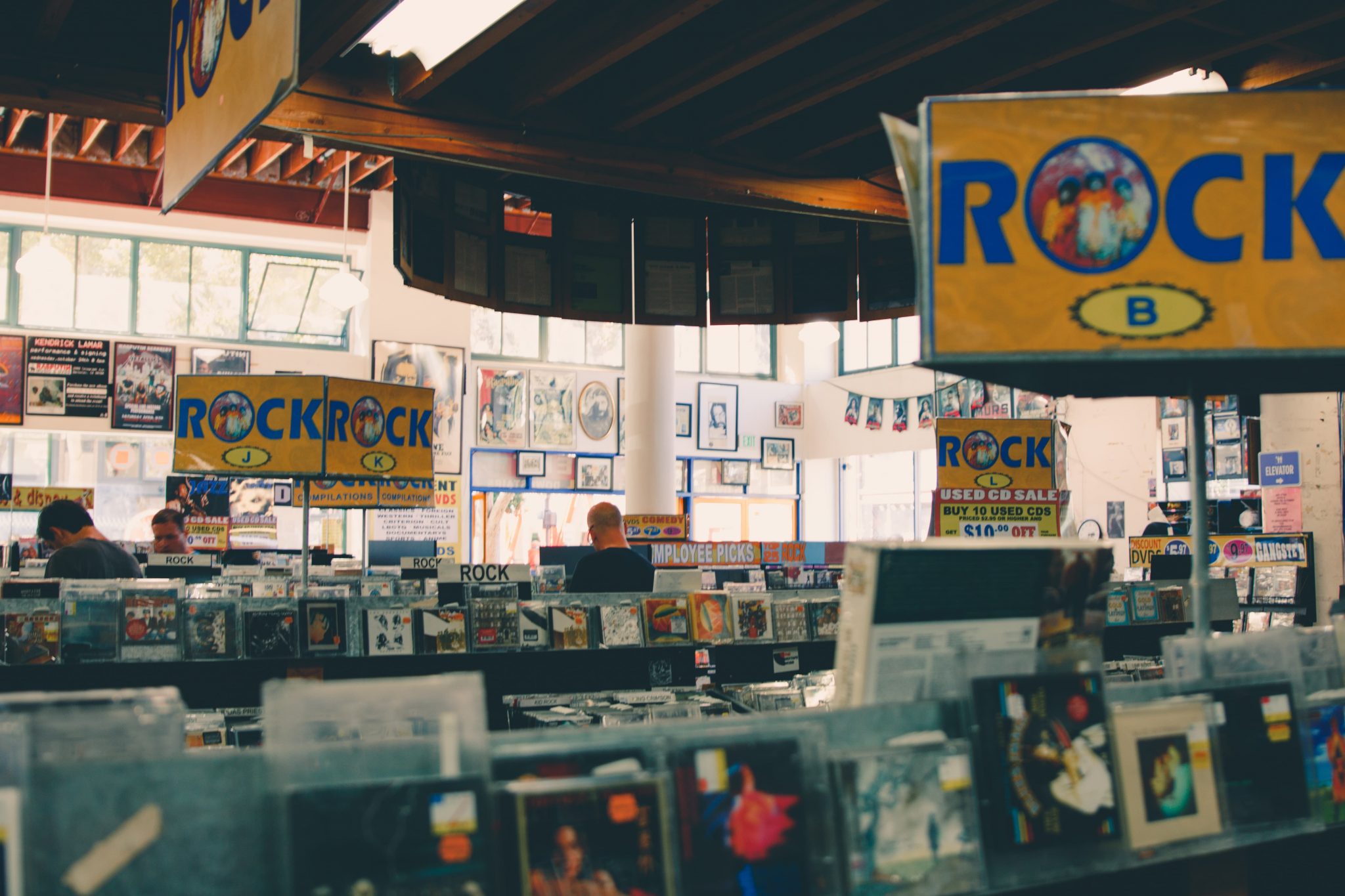 Another way you can approach writing music that sounds more timeless is to be aware of current trends in music, and understand what really defines what’s popular. There is no shortage of studies that have looked look at chord progressions common throughout different eras, and identified a winning formula. The use of the right chord progression mixed with innovative
Another way you can approach writing music that sounds more timeless is to be aware of current trends in music, and understand what really defines what’s popular. There is no shortage of studies that have looked look at chord progressions common throughout different eras, and identified a winning formula. The use of the right chord progression mixed with innovative  The truth is, wherever you want to go in music, you first need to produce a ton of tracks and find your path in that process. Bonus (
The truth is, wherever you want to go in music, you first need to produce a ton of tracks and find your path in that process. Bonus ( In a very digital age many people have become less social, which can make going out and meeting new people harder. I get that. Yet, not being part of a strong network doesn’t mean you won’t create great music, it simply means without having that support you may not be pushed to create your best music.
In a very digital age many people have become less social, which can make going out and meeting new people harder. I get that. Yet, not being part of a strong network doesn’t mean you won’t create great music, it simply means without having that support you may not be pushed to create your best music.
 Patience. this is perhaps the most prized trait a label will appreciate from you. In this fast paced world, patience is not only rare but it is also a quality that we all need to work on. It’s about having trust that things will work out in the end and that one’s results will be something that happens in some distant future. Parallel to patience, this goes hand in hand with trust. One goes with the other. It means to be able to have a bigger picture of things, that perhaps somewhere down the road, something great will be happening. Maybe not… but to not lose patience over delays is critical as these are common in the music industry.
Patience. this is perhaps the most prized trait a label will appreciate from you. In this fast paced world, patience is not only rare but it is also a quality that we all need to work on. It’s about having trust that things will work out in the end and that one’s results will be something that happens in some distant future. Parallel to patience, this goes hand in hand with trust. One goes with the other. It means to be able to have a bigger picture of things, that perhaps somewhere down the road, something great will be happening. Maybe not… but to not lose patience over delays is critical as these are common in the music industry. Today I’ll be featuring the
Today I’ll be featuring the